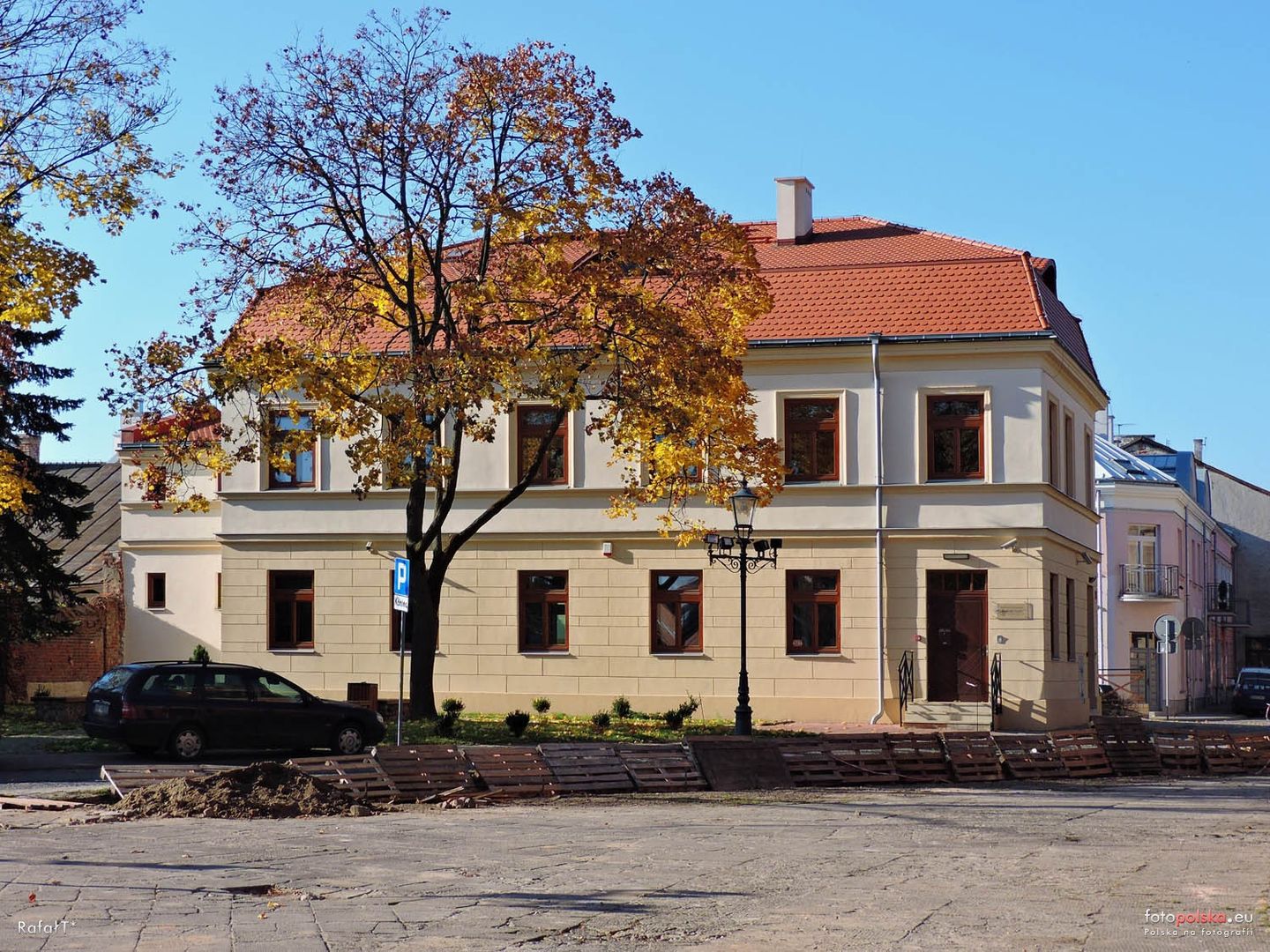The Starościński House in Radom
6.63

Overview
The Starościński House in Radom, located at 8 Grodzka Street, is a historic building with a rich history dating back to the mid-14th century, when it was part of the Royal Castle complex. Initially, it served as utility spaces, including kitchens and rooms connected to a gallery leading to the Great House. The building’s name originates from the period when the castle was a royal residence, and the Starościński House served as the seat of the starost, the king’s representative in Radom. Over the years, the building underwent various transformations—from a shelter for the Cotton Products Factory in 1827 to an elementary school starting in 1848. The original structure was demolished in the mid-19th century, and the current building was erected on its foundations, surviving to this day. In 1939, it functioned as the City Museum, and after World War II, it was used as a care shelter. Following archaeological research and a renovation completed in 2012, the Starościński House became the headquarters of the Institute of Archaeology and Ethnology of the Polish Academy of Sciences and the Scientific Team for the Study of Radom’s History. The cellars now host an exhibition featuring artifacts from excavations in the Kazimierzowski Town area. Architecturally, it is a two-story townhouse with a 19th-century character, topped with a mansard roof and richly decorated facades. Surrounding the building are small squares, including one with a model of the 17th-century Royal Castle, highlighting both the cultural and historical significance of this site. The Starościński House is not only an important landmark in Radom but also a place where history and archaeology intersect with the daily lives of the city’s residents.
Location
2025 Wizytor | All Rights Reserved